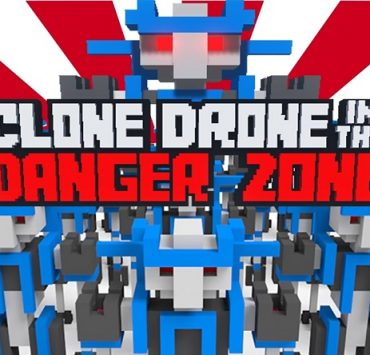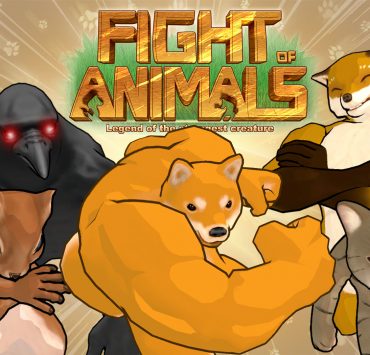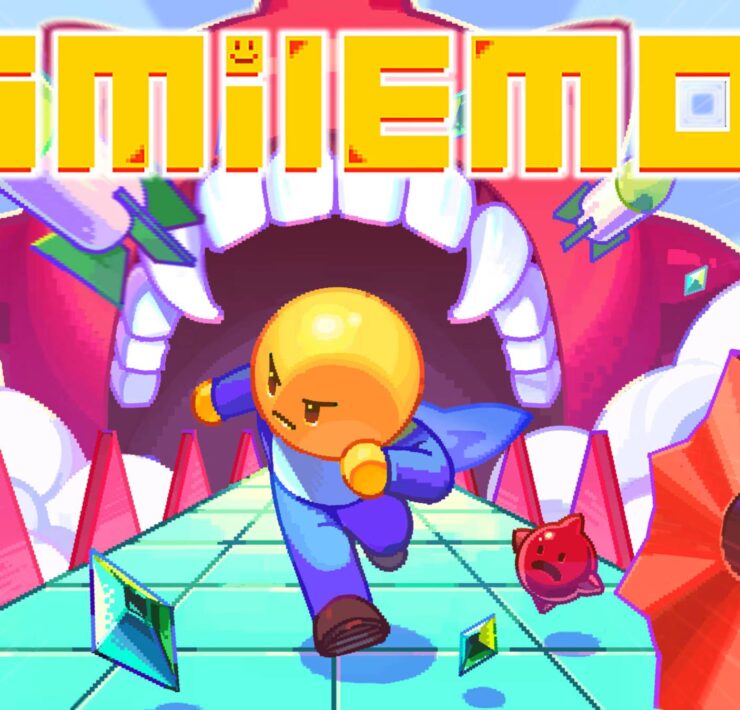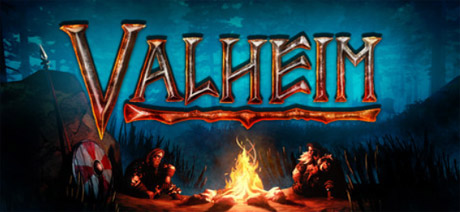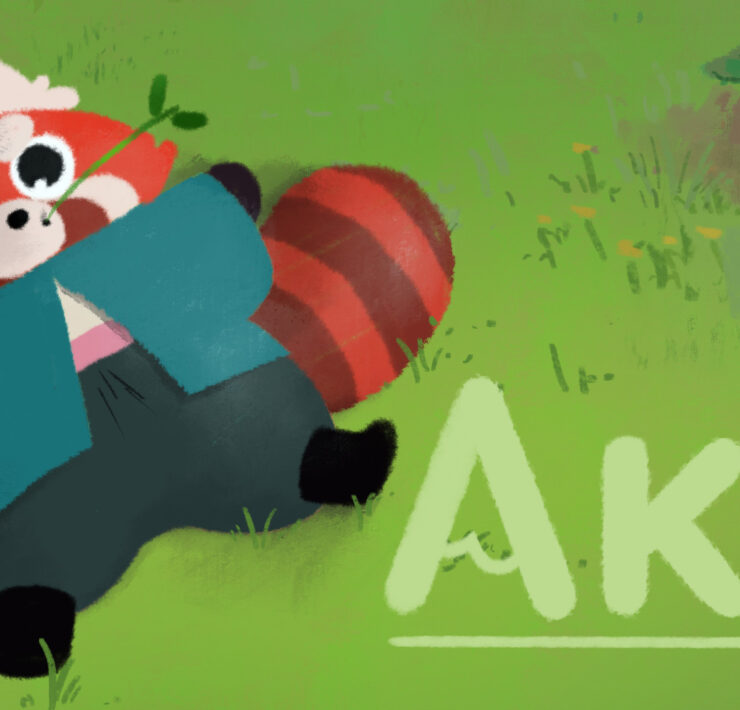Grimshade Review – An Awkward Steampunk Experience
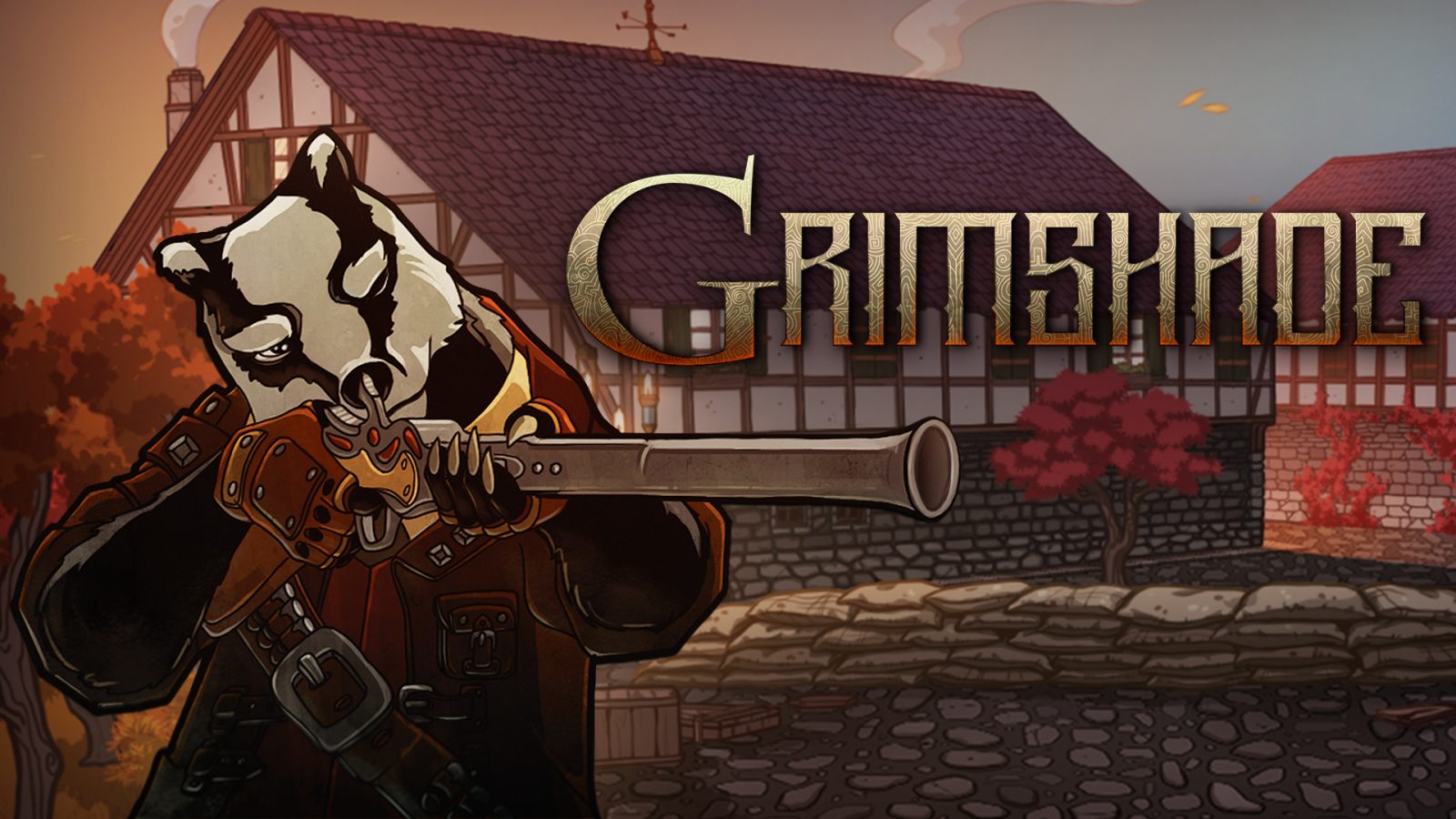
Steampunk can be a really beautiful thing. While for some, it may conjure images of goth teens wearing tophats adorned with cogs and gears, for others it inspires memories of reading Chris Wooding’s Tales of the Ketty Jay series or playing Final Fantasy IX or Dishonoured. Airships, alchemy, impossible machine animals, these are exciting visual flares that inspire great stories and quirky characters. Unfortunately, Grimshade by Russian indie studio Talerock leans a little too heavy on the quirkiness and forgot to make a polished game in the process.
The high-walled city of Brann is under siege from the neighbouring kingdom and, at the same time, dark and seemingly unnatural monsters are filling the swamps, forests, and sewers outside and beneath the city. A Frankenstein-esque alchemist is snatching people away to experiment on them, leading to a piling up of bodies, and a ragtag group of unlikely allies is caught up in it all. Grimshade is probably already starting to sound like Fantasy 101, and it is. That’s not always a bad thing, though; many of the best fantasy stories stick to established tropes but use them as the building blocks to tell an engaging plot on the strength of its characters and politics (think every Robin Hobb novel). Grimshade spoils itself, however, with an execution that lets down an otherwise potentially strong plot.
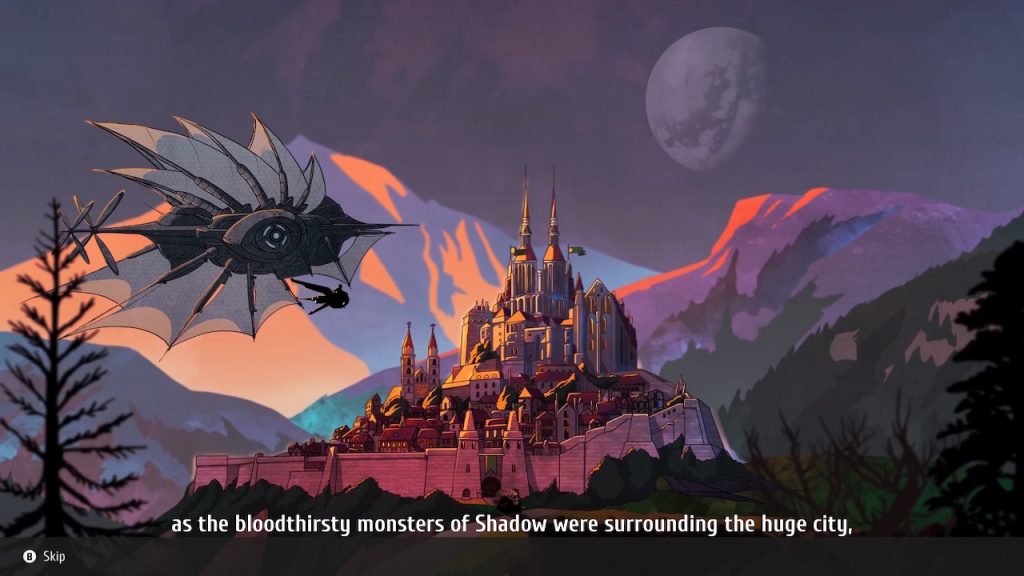
JRPGs, traditionally, are text-heavy affairs. They rely on near-constant streams of dialogue to deliver an exciting narrative. And, with Grimshade being so heavily inspired by the JRPGs of the PS1 era, it stays faithful in that regard. The problem, as I said, lies in the execution. Frequent typos, poor grammar, and iffy placement of punctuation can all be overlooked, but what can’t is the clunky, hammy, and often cringe-worthy dialogue. This is something that got old fast and had me feeling embarrassed for the characters in the same way I do when I see someone trip over in public.
It’s worth bearing in mind that Grimshade is Russian studio and so everything has been translated. But, speaking as someone whose other job is reading and reviewing translated literature and interviewing those translators, giving the game a free pass on its bad dialogue simply because it has been translated feels more patronising than kind. Translators are clever and inventive people; seeing awkward translation of what was probably already out-and-out bad dialogue here is just not cool.
The reason this is worth discussing in so much detail is that the dialogue carries everything within this game. The combat is slow and repetitive (more on that in a moment) and the world design isn’t as varied and exciting as it could have been. Everything rests on the shoulders of an engaging narrative, carried by lovable and rich characters. And, while there are faint glimmers of that here and there, the player’s excitement for caring about the characters and plot fades quickly.
In true 90s JRPG fashion, Grimshade is a game in two halves: traversing the world on foot and engaging in turn-based combat. When not in combat, you move through an isometric world, searching crates, chatting with NPCs, flipping switches, and moving on to the next area. There’s a lot of dialogue to work through and an admittedly impressively designed world to admire as you move forward.

The game’s turn-based combat encounters are a sticky and slow affair. Your characters are placed on a grid and can perform certain attacks and moves depending on their position relative to the enemy, meaning there’s a juicy amount of tactical consideration involved. Your party has a selection of ranged and melee attacks which are executed with guns, spears, magic spells etc. Turns can be seen on the bottom left of the screen and so there’s also an element of pre-planning, and that pre-planning requires you to know your enemies and their skills. All of this is engaging stuff but, just like with the game’s story, the problem lies in its execution.
It’s evident from the get-go: when entering combat, there’s no animation to lead you from the map to the combat arena. Instead, you get a short, mostly black, loading screen with Grimshade stamped in the corner. The music doesn’t explode with bombast like you’d expect, but rather doesn’t seem to transition at all at first, but then the gradual change leads to a serviceable combat track. As for combat animations, they’re fluid and smooth but limited, and the isometric angle makes combat feel stunted and uninteresting to look at. When moving characters and selecting attacks, there’s a noticeable slow and janky quality to the movement of cursors and the icons for certain attacks and moves makes it unclear as to what they actually do, making familiarity tough to gain.
Like with the game’s story, every positive aspect of Grimshade’s gameplay and combat systems has an equal and opposite negative, and while we often take positives for granted as signs of a polished and fluid player experience, negatives stick out and become unforgivable frustrations from beginning to end.

This might not be a positive for every player out there but it certainly is for me: this game is, for the most part, not voice-acted. Whether that’s because of budgetary limitations (this game was kickstarted, after all) or another homage to the PS1 era, I couldn’t say. Whatever the case, I like it. When I played Octopath Traveler, the first thing I did was turn off the voice acting; RPGs with characters who lack distinct animations just don’t call for voice acting, in my opinion. If I’m not watching the characters move and interact in a cutscene, I don’t want to have to wait for a line of dialogue to be finished when there’s nothing to look at except a static image. So, this is certainly a point in Grimshade’s favour: showing restraint pays off here.
As for the game’s sound effects, they’re all serviceable. The thwacks and zaps during combat work well enough but lack any real impact. Most other sound effects simply go unnoticed. The game’s music, however, is surprisingly varied and competently composed. The soundtrack matches well with the art design and the world’s atmosphere. The quality of the music does feel rather compressed, however, and you’re not going to find yourself humming any of the tracks after switching the game off. Overall, the audio department does exactly as much as it needs to do – no more, no less.
Grimshade offers a surprisingly broad palette of visual detail. None of it harmonises particularly well, however. The game’s biggest strength is undoubtedly its character design. Your party of protagonists are all designed and animated well, with gorgeous clothing and the kinds of weapon details that bring a smile to your face whenever an attack animation is executed. This is followed closely by the environmental designs which, once again, bring up memories of the best 90s JRPGs. These are hand-painted and gorgeous rooms and streets which really help to colour the world and story of Grimshade.

During dialogue, however, each character is given an avatar which appears beside their name and text and will change expression depending on the emotion and tone of their dialogue. These avatars are, for lack of a better word, ugly. They don’t match the in-game character design and they look very haphazardly drawn; a rushed product.
In combat, character models remain intact and satisfyingly impressive, but the combat arena itself is almost always a static and boring affair, both in terms of camera perspective and background design. There’s never anything fun or exciting to look at and, paired with music that’s only serviceable, it makes for the kinds of combat encounters that you just want to push past quickly.
Grimshade is a difficult game to recommend. While some games may have glaring issues and a lack of polish, there is often a charm to them or a particularly strong element that ultimately wins out. Unfortunately, that’s not the case here.

Grimshade’s combat works just fine, but it’s marred by messy iconic, awkward input mechanics, and a lack of fluid motion. Likewise, the game’s story has a promising enough premise and a beautiful world to set it in, but the dialogue is rough and awkward, espoused by unlikeable and bland characters. While the character designs and hand-painted backgrounds are undeniably beautiful, avatars are ugly and combat arenas are lifeless and drab.
A final note worth mentioning when it comes to value is that, even while the game has been available on PC for a year now, my Switch copy crashed multiple times, the first time less than an hour into the game. This leads to a loss of save data and the need to restart the software every time. And there seems to be no rhyme or reason for these crashes.
Grimshade Review provided by Nintendo Link
Developer: Talerock
Publisher: UTC ASTERION
Release Date: June 25, 2020
Price: $19.99, £17.99, €19.99
Game Size: 3.3 GB
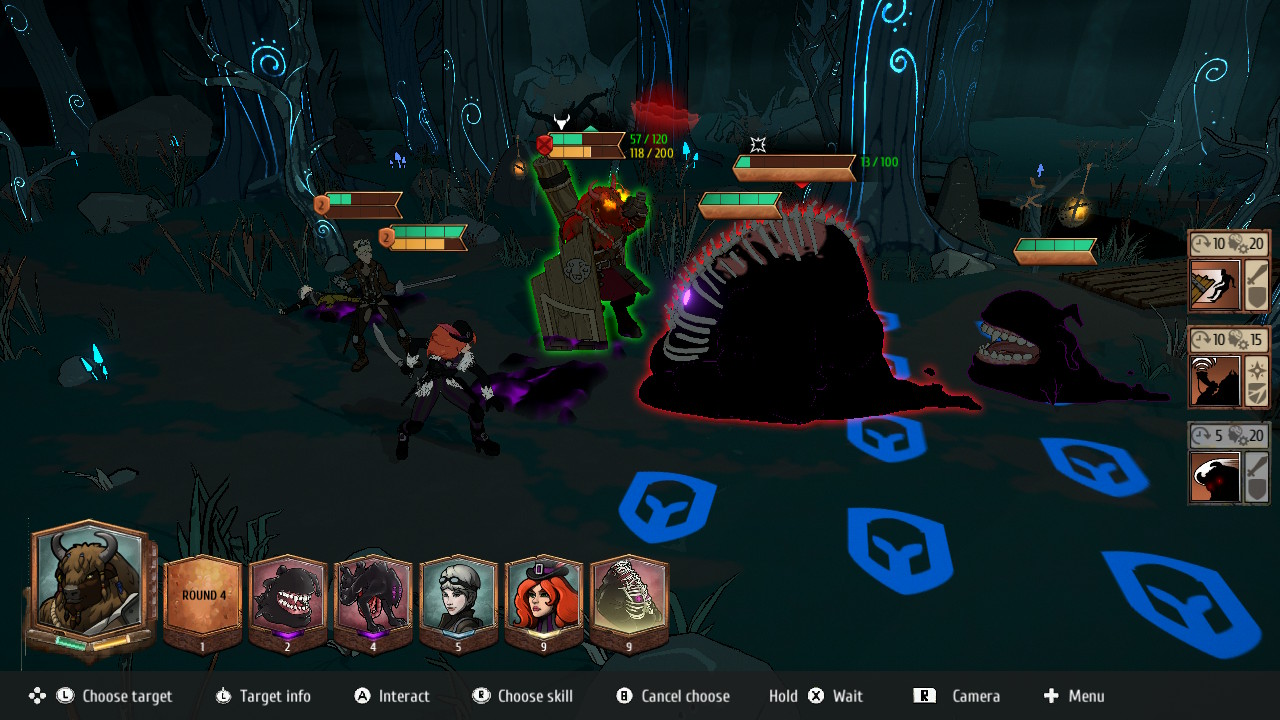
Beautiful background art and character design
A competant battle system
A unique steampunk setting
Messy translation
Janky, slow, and awkward battle mechanics
Uninspired character and dialogue writing
Bare-bones music and sound design
Frequent bugs and crashes
What's Your Reaction?
Will Heath is a freelance writer and digital nomad from the UK who mostly splits his time between London and Tokyo. He runs the website Books & Bao – a site dedicated to international literature and world travel – and writes about video games for Nintendo Link and Tokyo Weekender.






